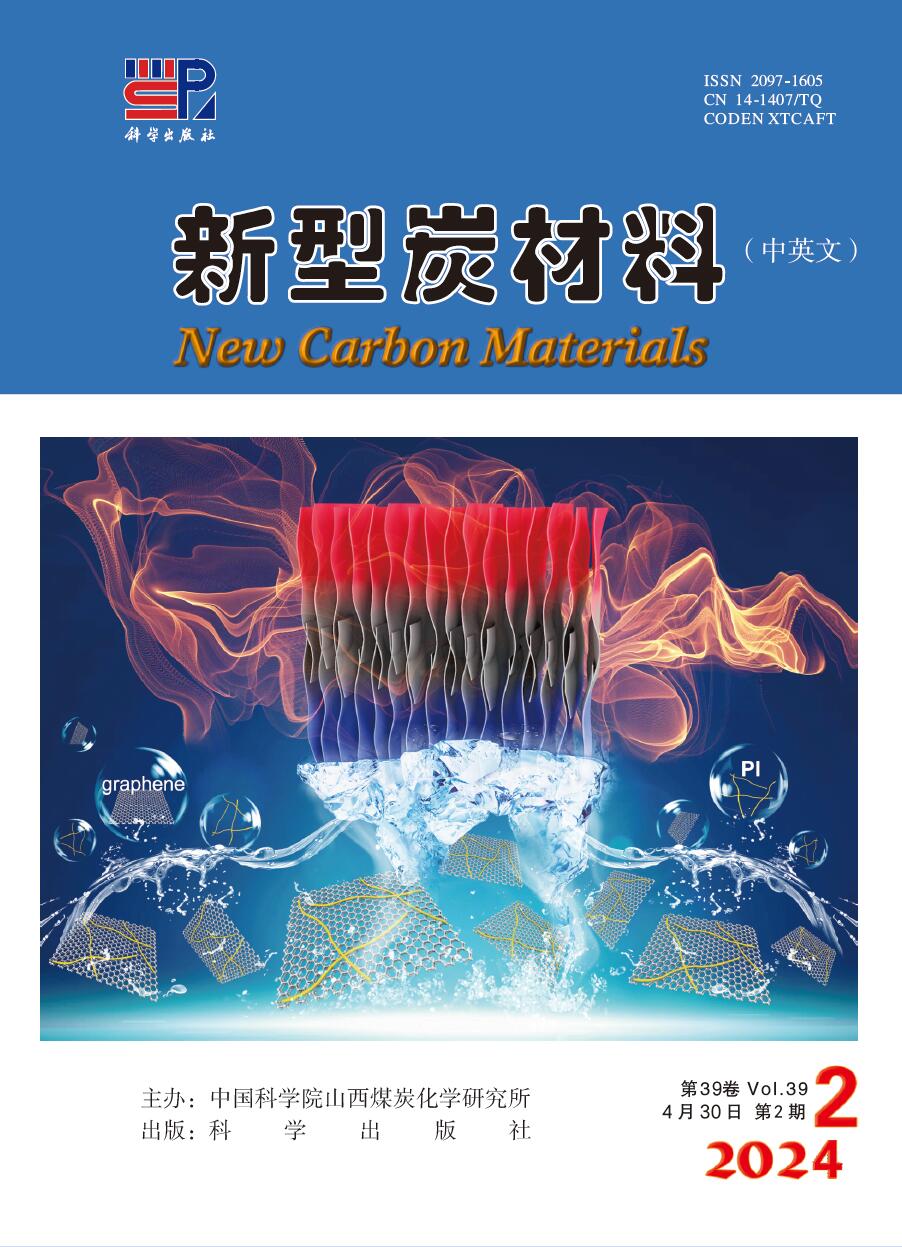2010 Vol. 25, No. 05
2010, 25(05): 321-324.
Abstract:
2010, 25(05): 325-328.
doi: 10.1016/S1872-5805(09)60036-6
Abstract:
2010, 25(05): 329-334.
doi: 10.1016/S1872-5805(09)60037-8
Abstract:
2010, 25(05): 335-342.
Abstract:
2010, 25(05): 343-347.
Abstract:
2010, 25(05): 348-356.
doi: 10.1016/S1872-5805(09)60038-X
Abstract:
2010, 25(05): 357-362.
doi: 10.1016/S1872-5805(09)60039-1
Abstract:
2010, 25(05): 363-369.
Abstract:
2010, 25(05)
doi: 10.1016/S1872-5805(09)60040-8
Abstract:
2010, 25(05): 376-381.
doi: 10.1016/S1872-5805(09)60041-X
Abstract:
2010, 25(05): 382-388.
Abstract:
2010, 25(05): 389-394.
Abstract:
2010, 25(05): 395-399.
Abstract:


 Abstract
Abstract PDF
PDF

 Classified Collection
Classified Collection

 Email alert
Email alert RSS
RSS Download
Download Links
Links

